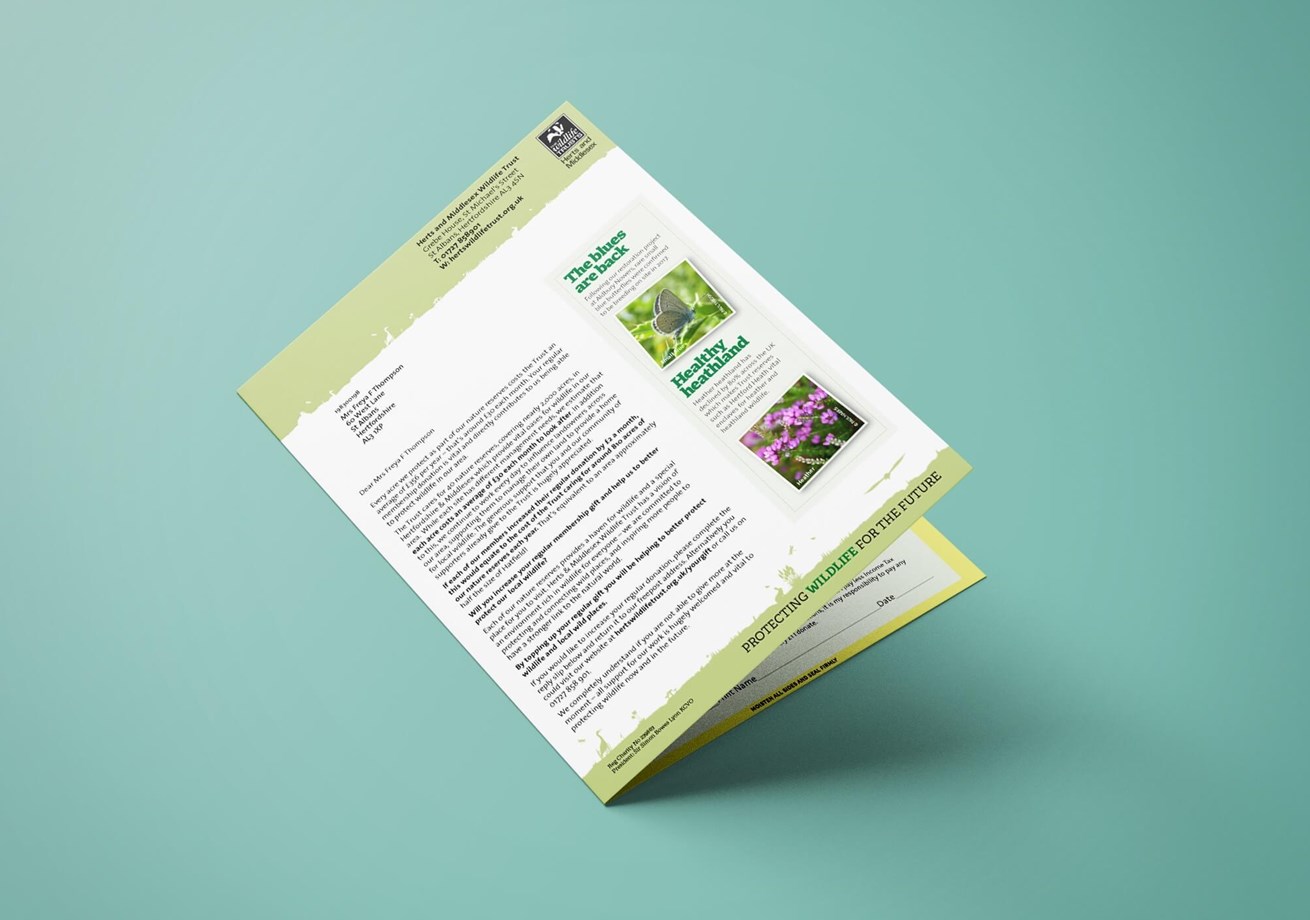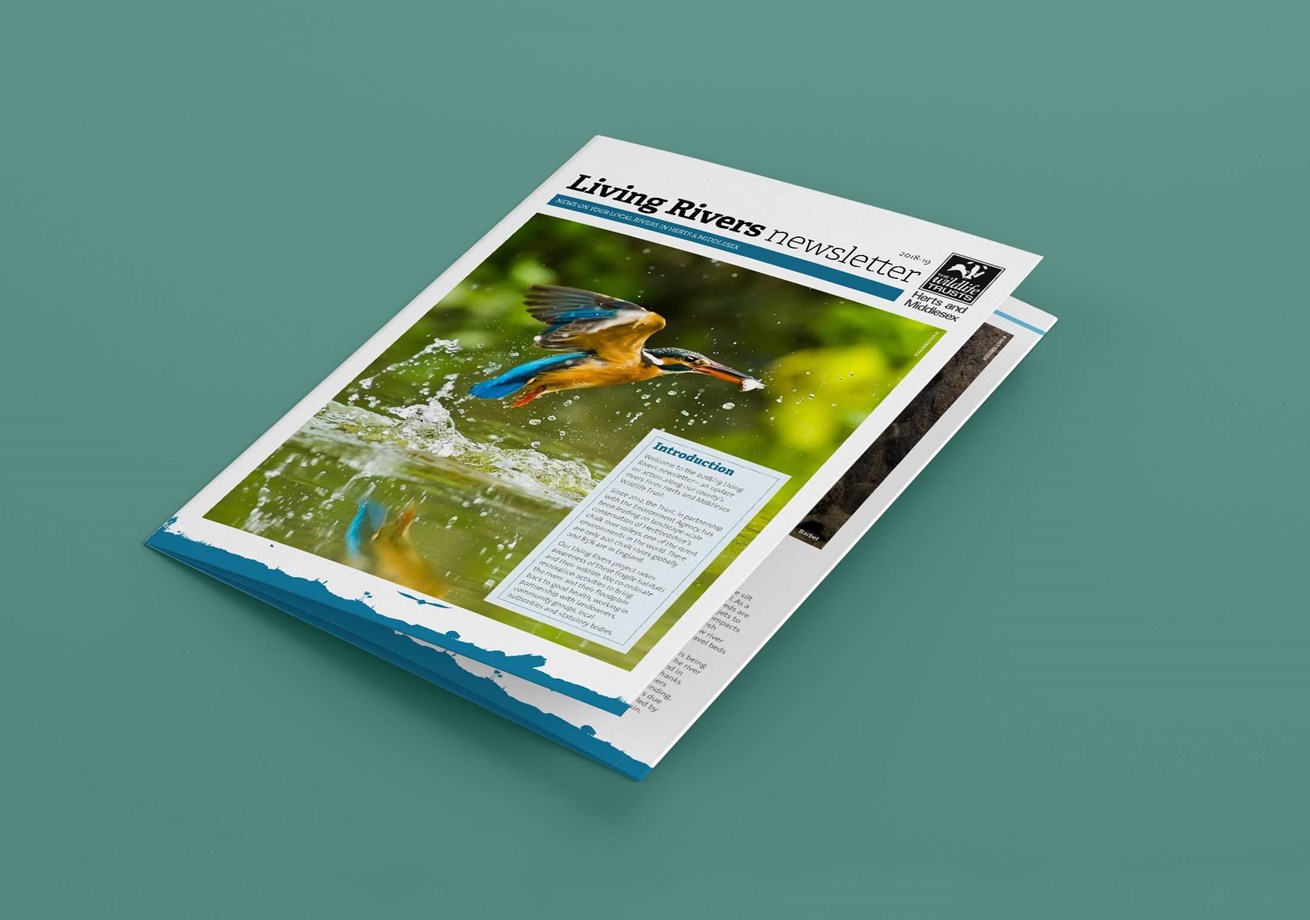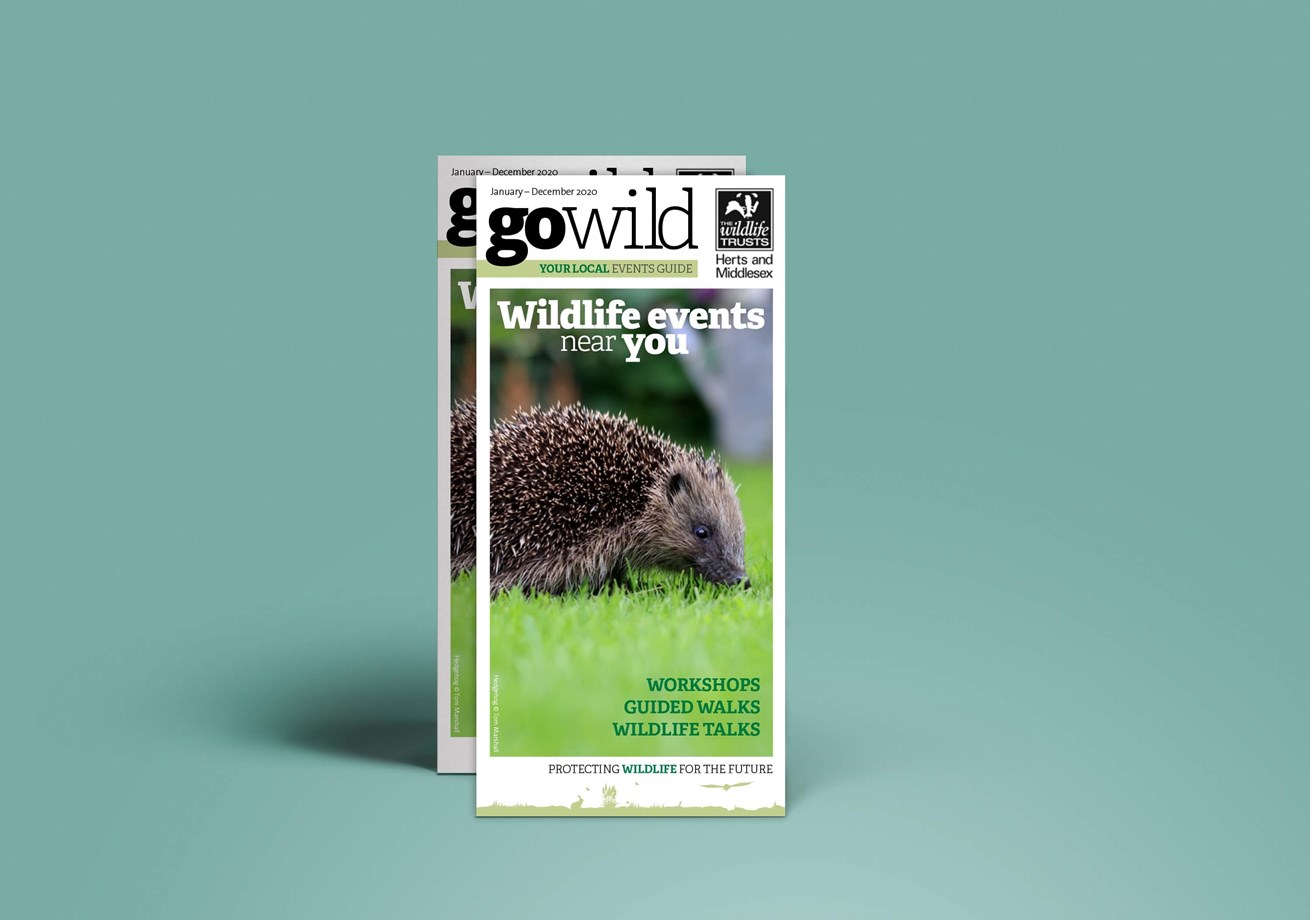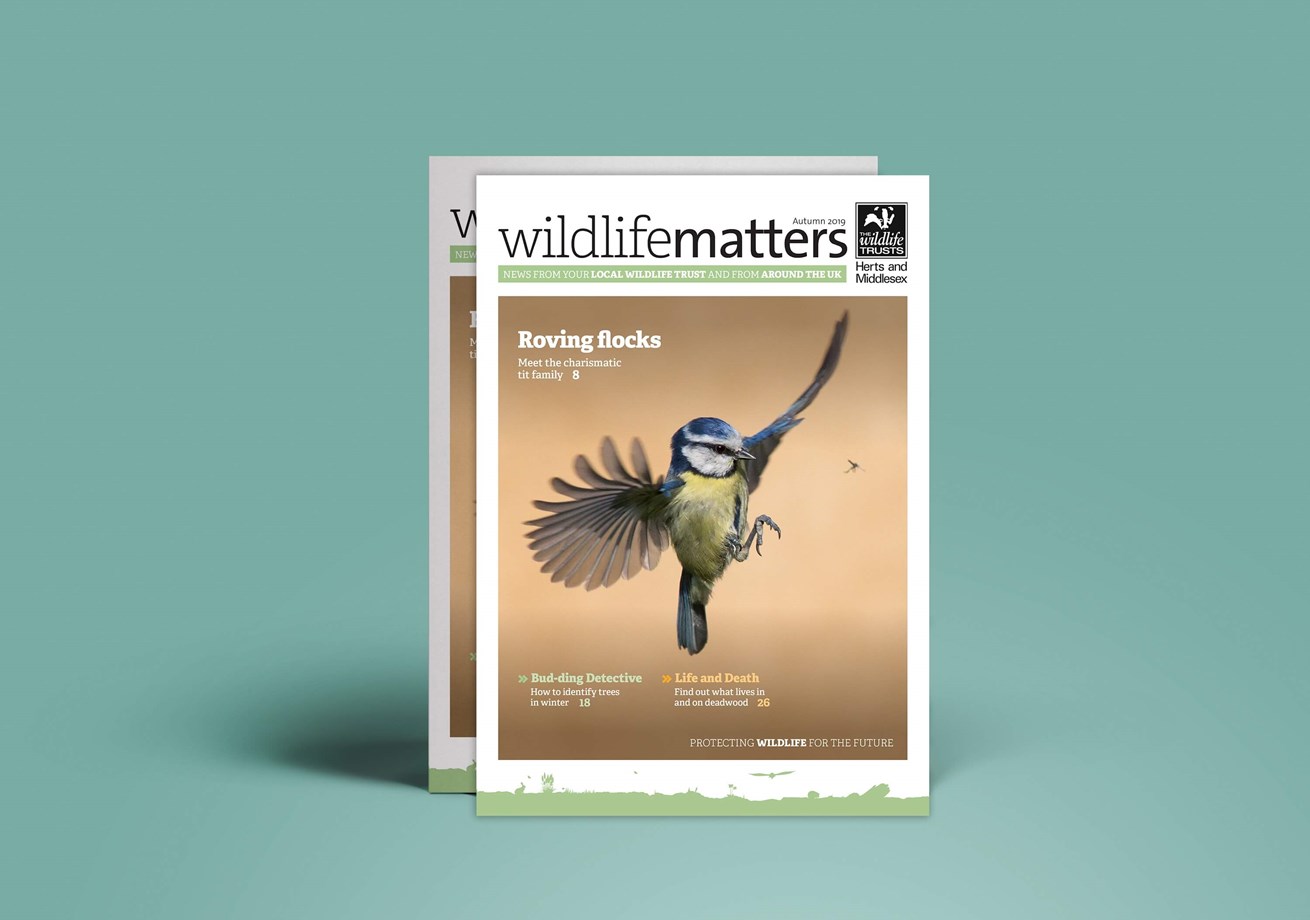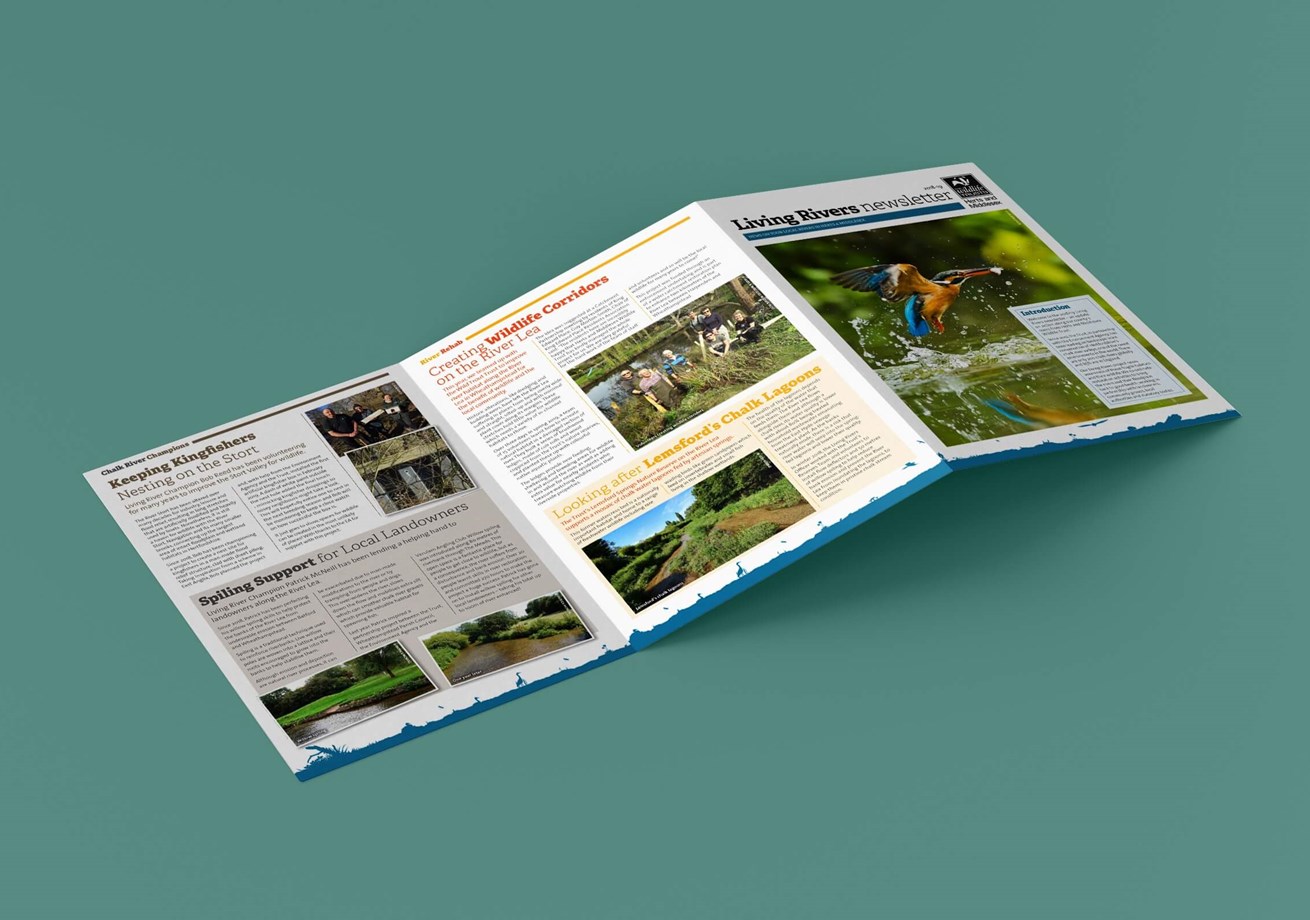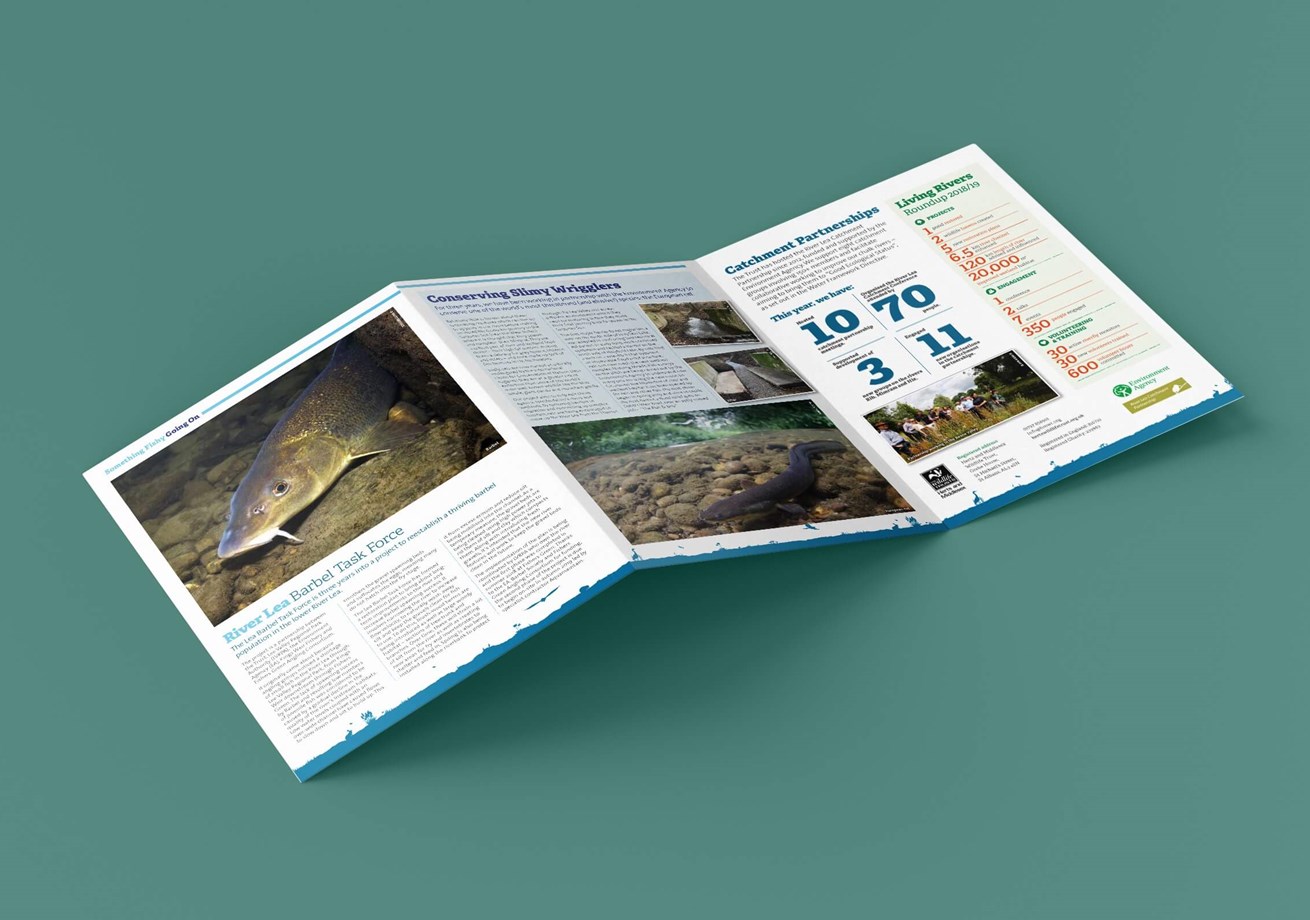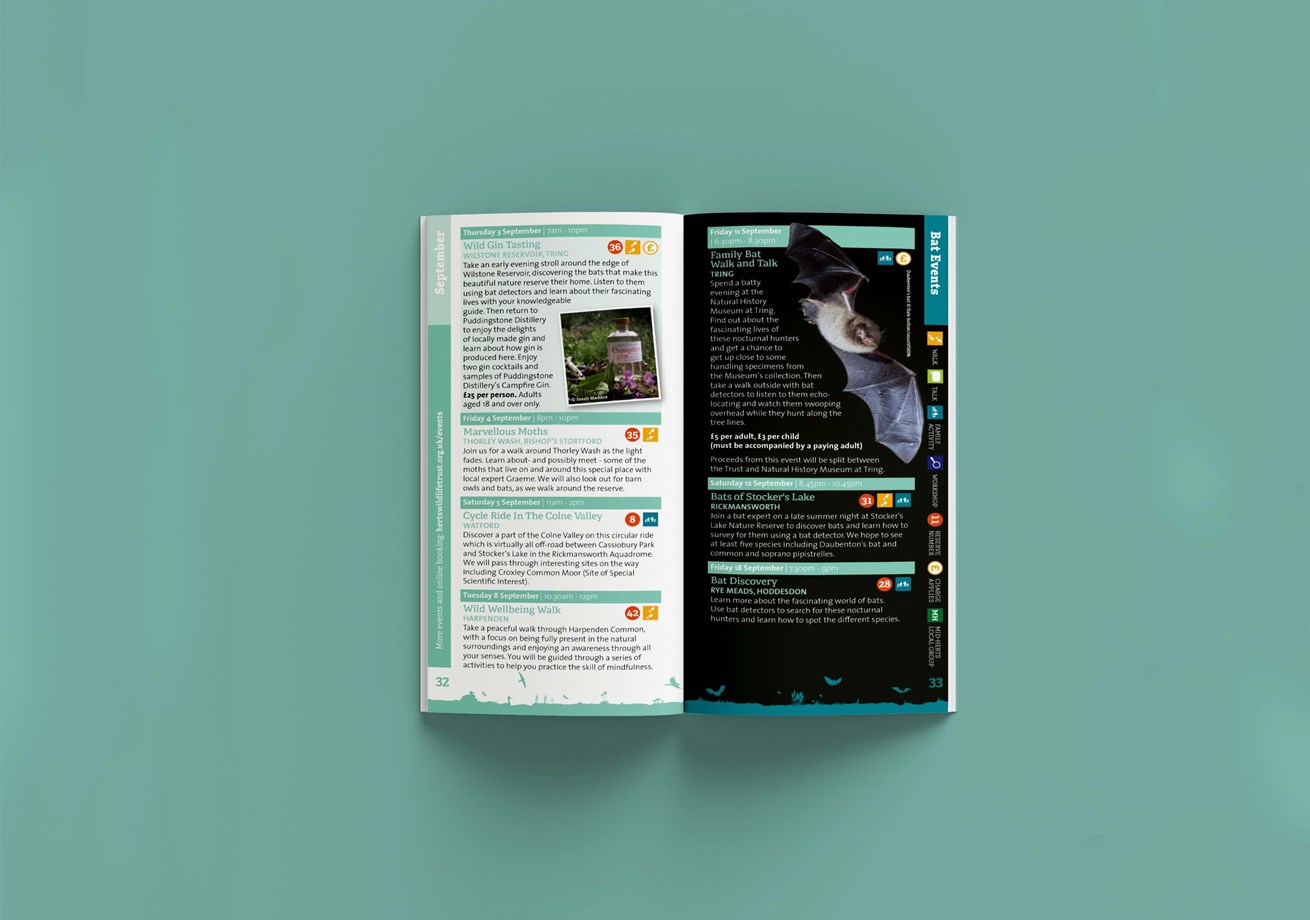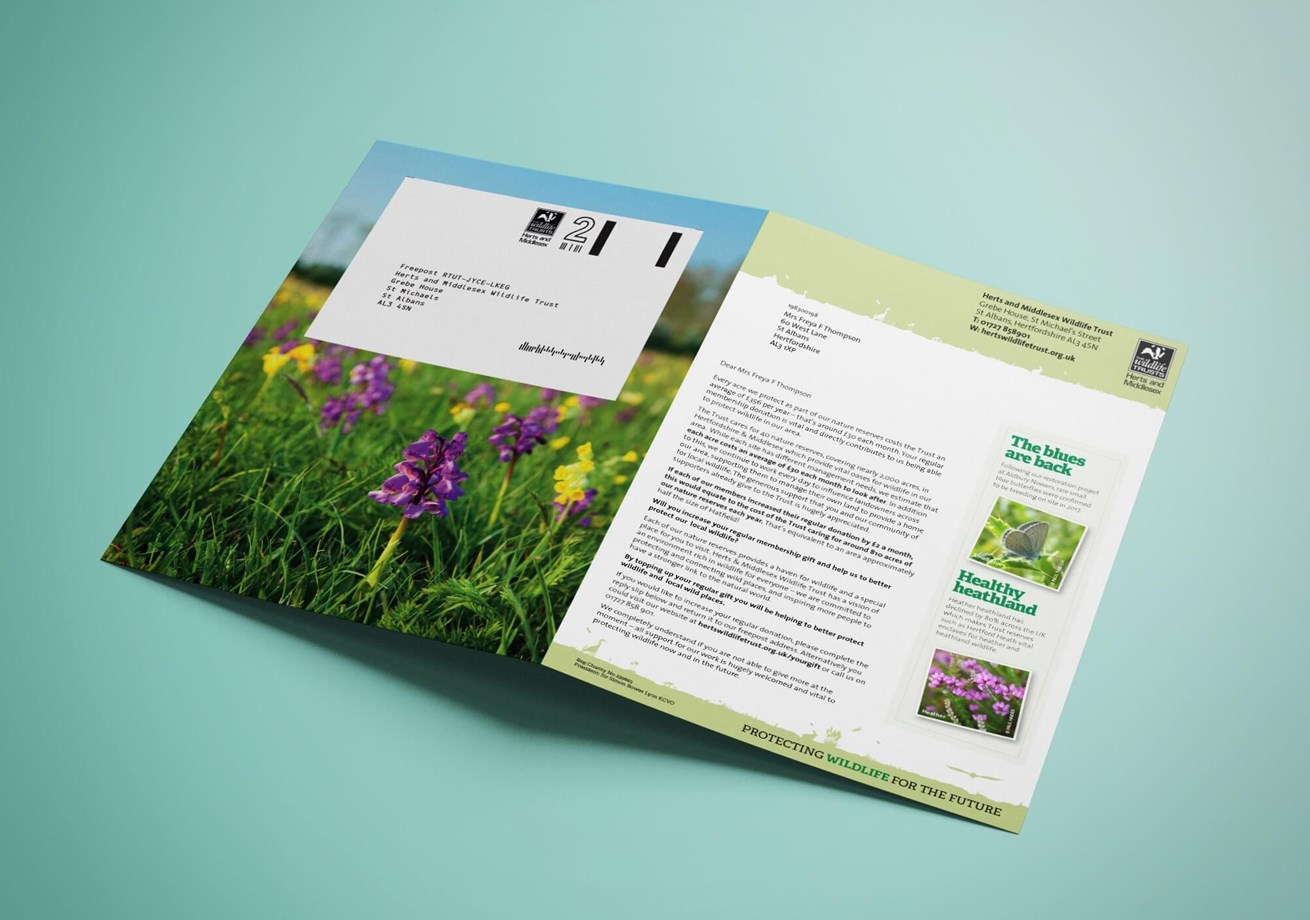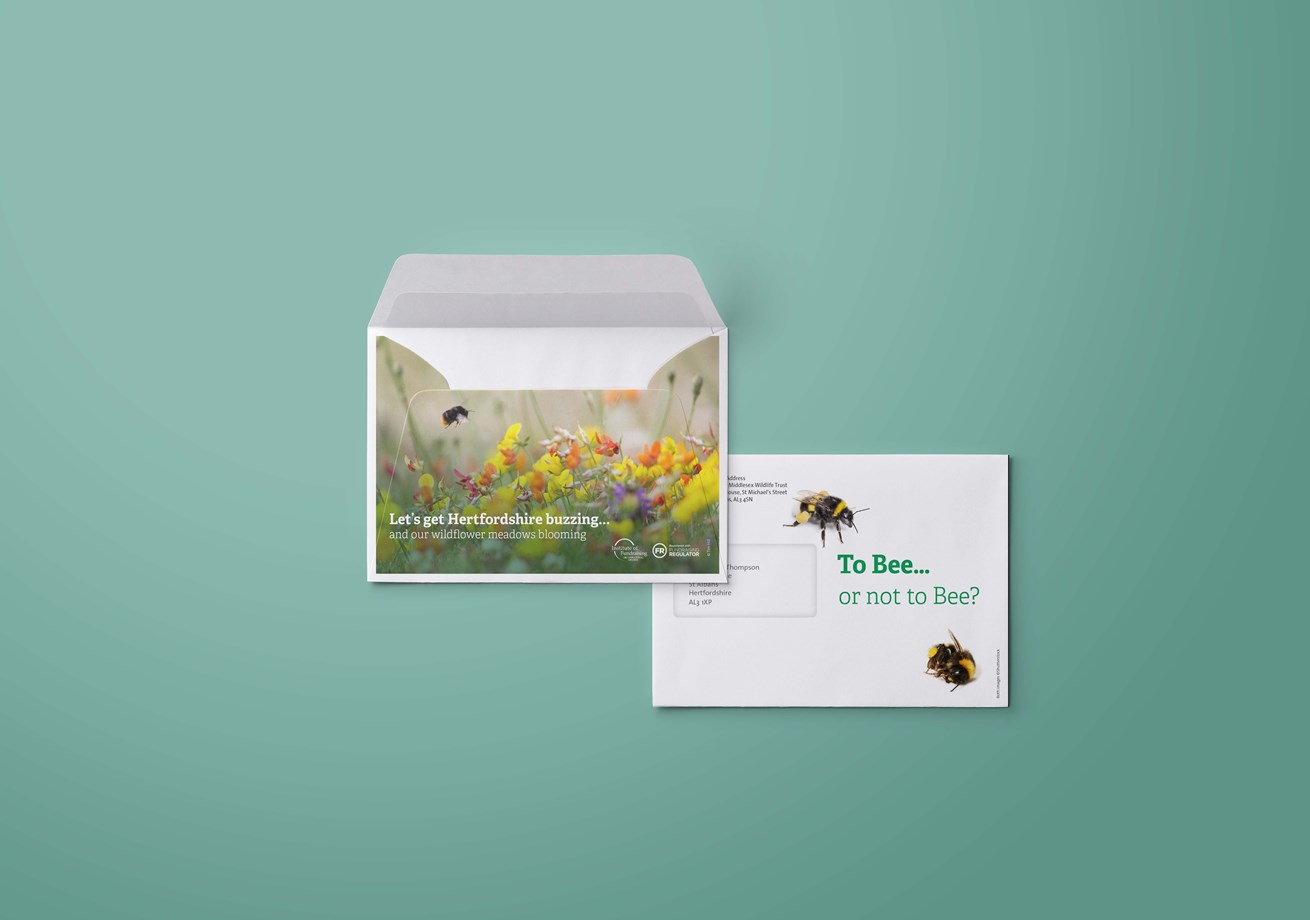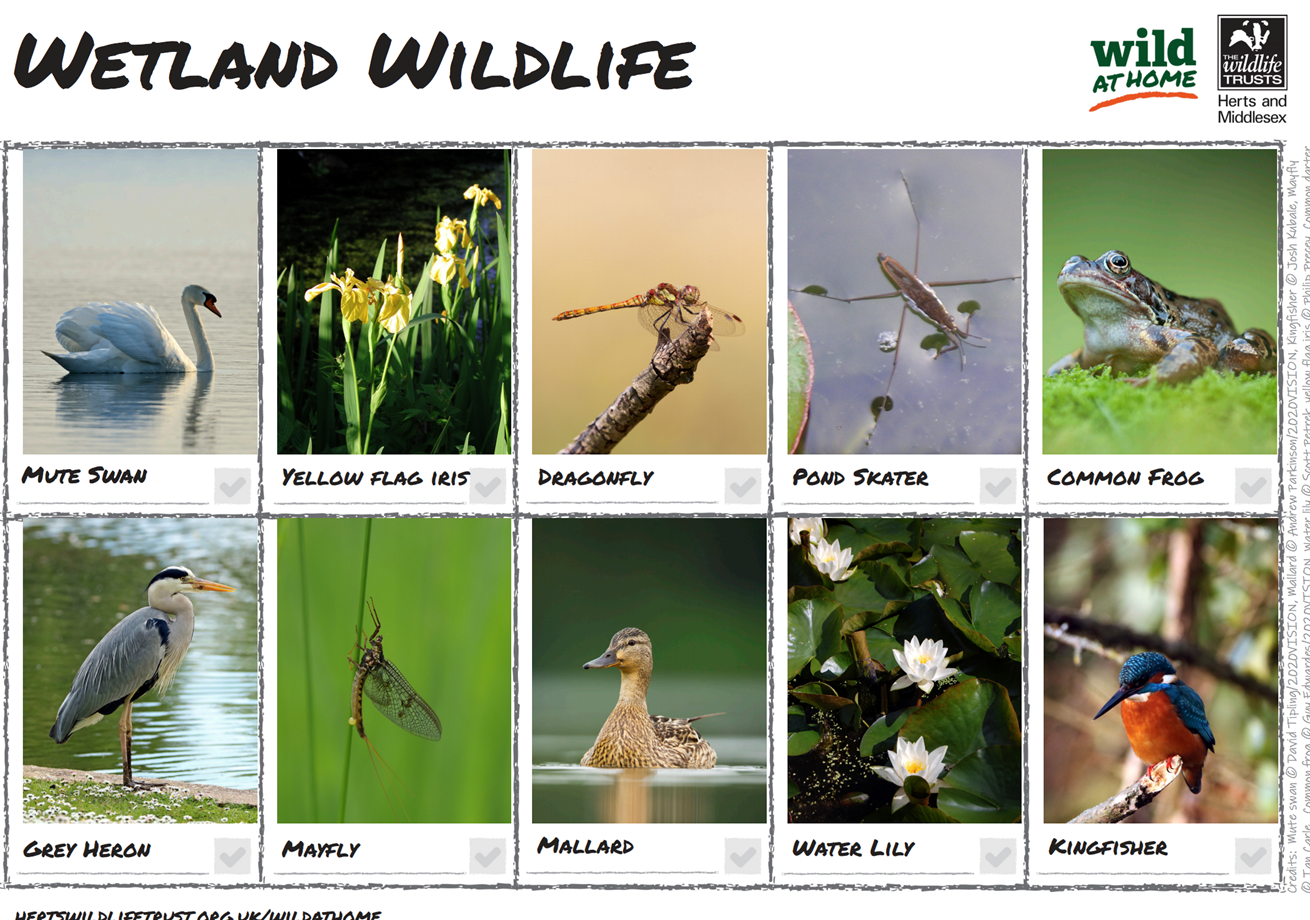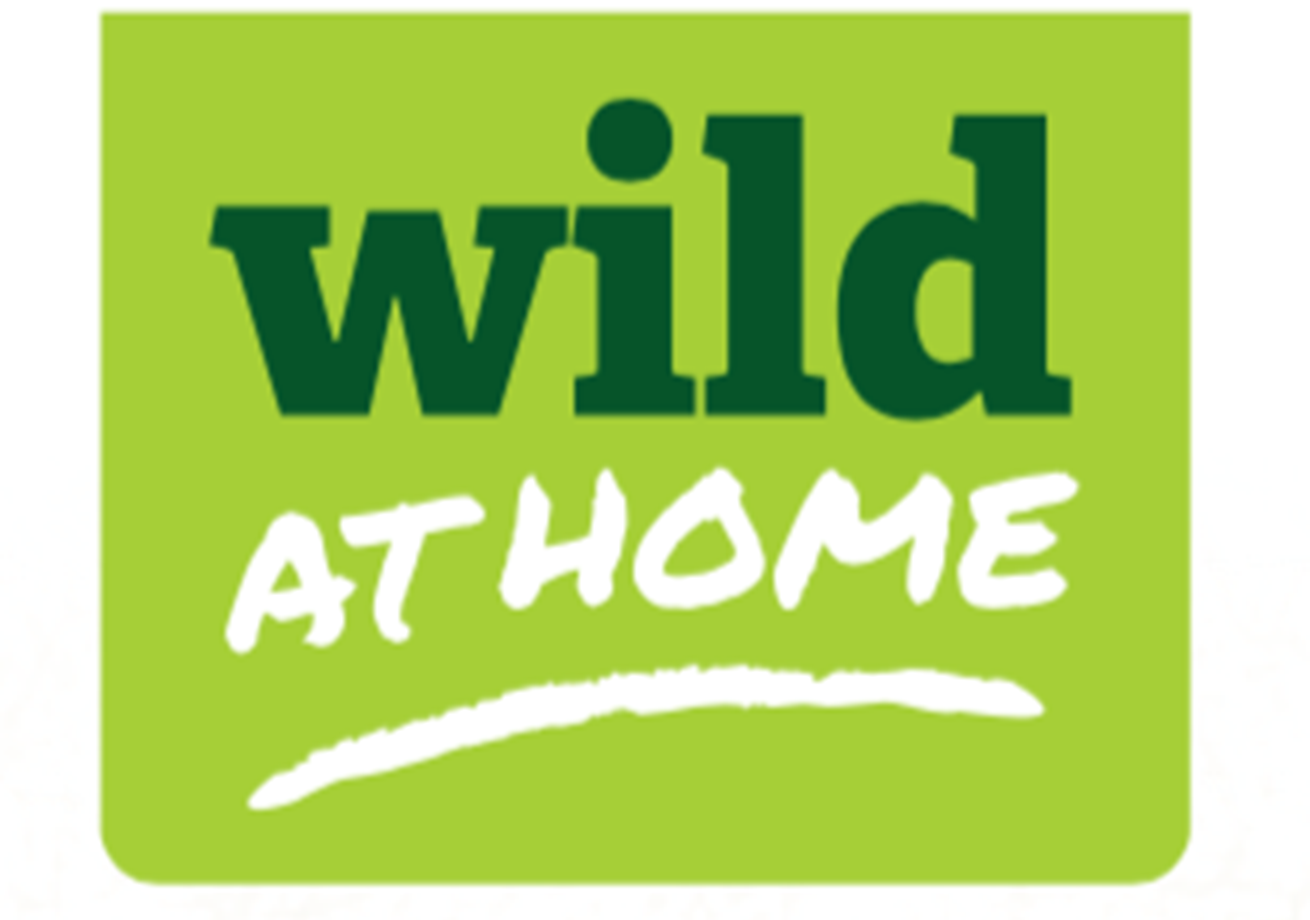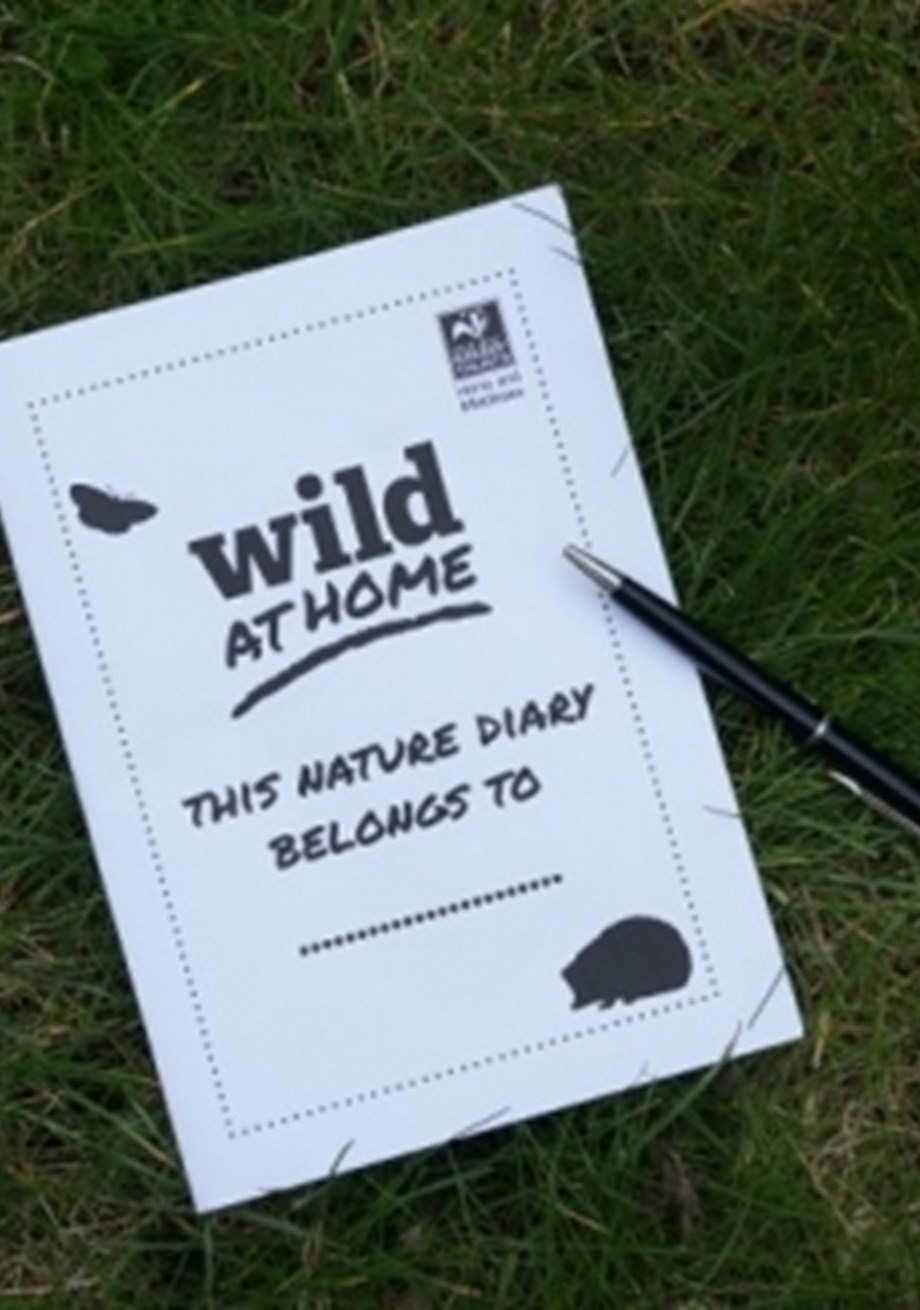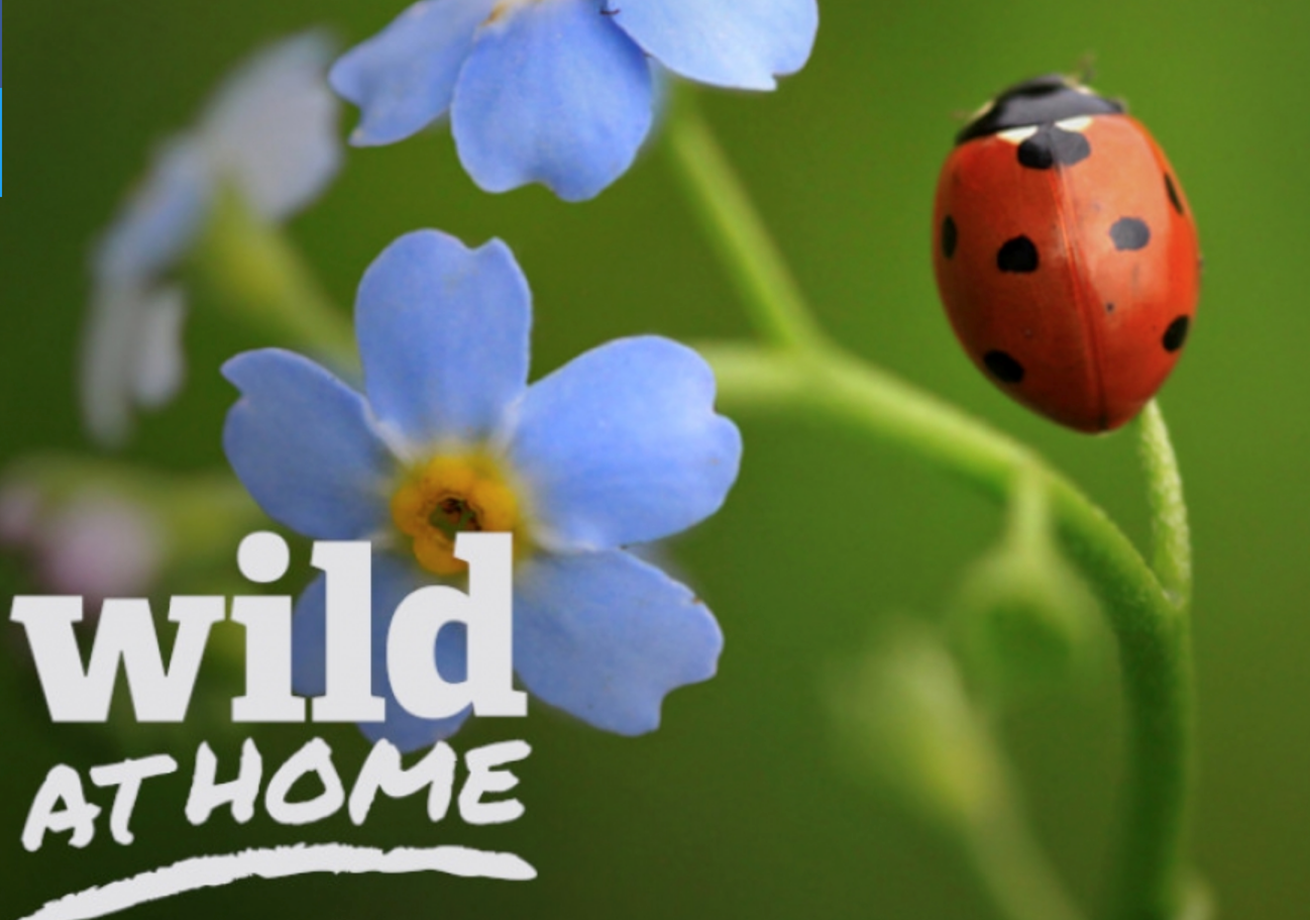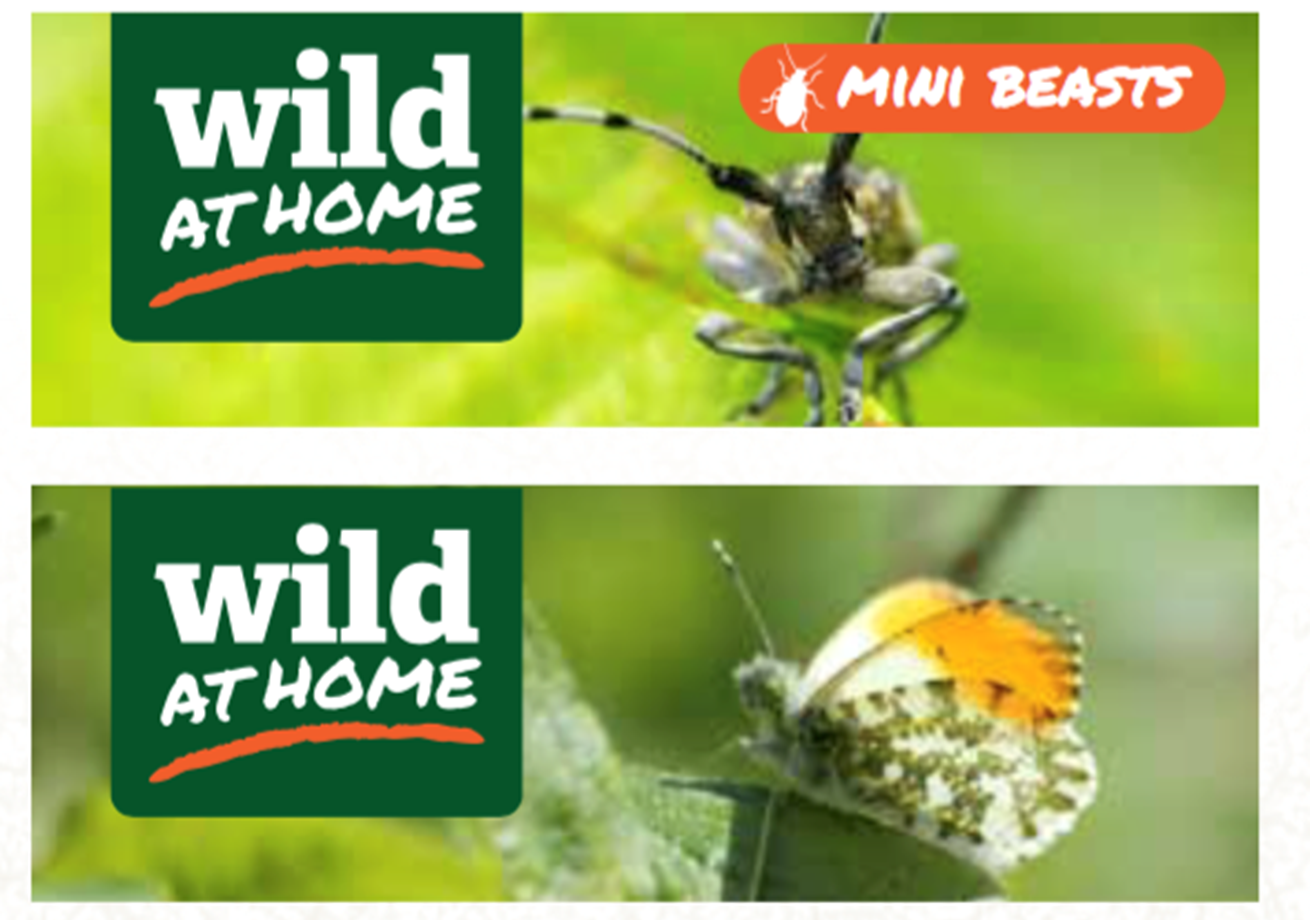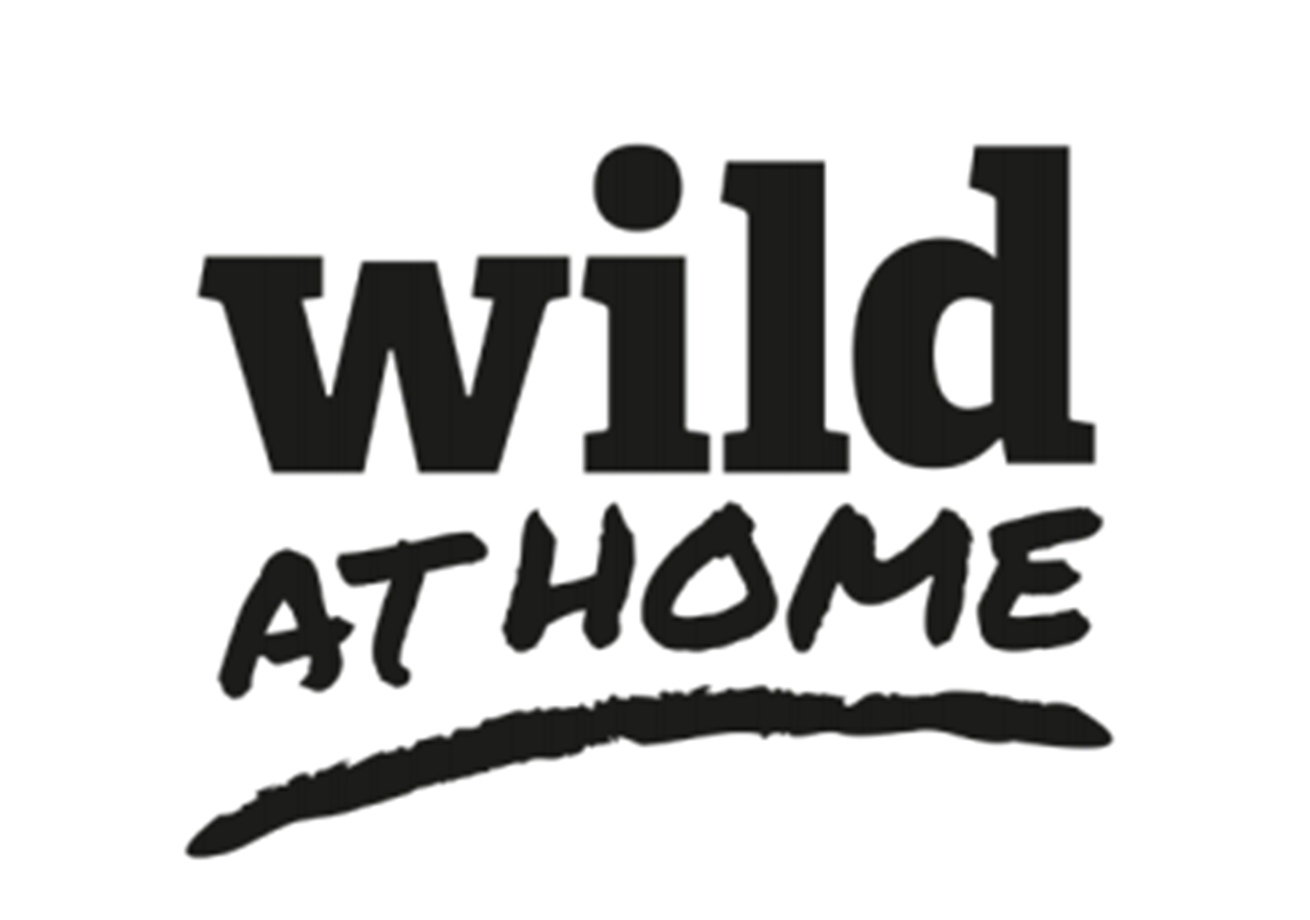The Wildlife Trust can see that the more people care for their local environment and value the positive impact it has on their own lives, the more they’ll want to protect it from destruction and stem losses such as 97% of our flower-rich meadows and hedgehogs since the 1930’s.
In 2016 a study with 18,500 participants was conducted by the University of Derby and The Wildlife Trusts. They aimed to measure the impact of ‘doing something wild ‘for 30 consecutive days. The results were impressive, there was a scientifically significant increase in people’s health, happiness, connection to nature and active nature behaviours, such as feeding the birds and planting flowers for bees – not just throughout the challenge, but sustained for months after the challenge had been completed. Indeed the number of people reporting their health as "excellent" increased by 30%.
We’ve compiled our top tips for charities to engage with the public based on our 15 years’ experience of working with them. We thought you’d find it useful.




